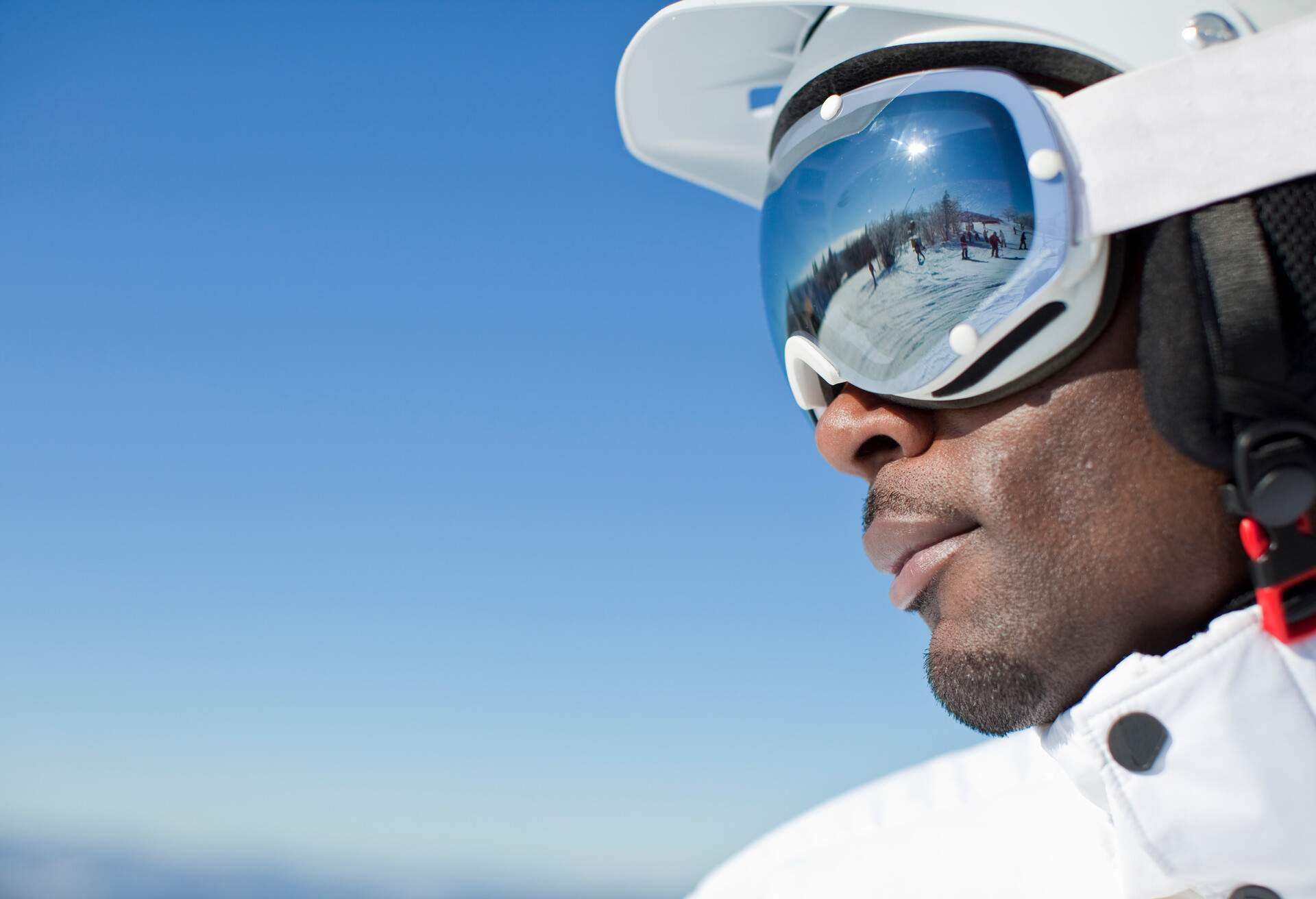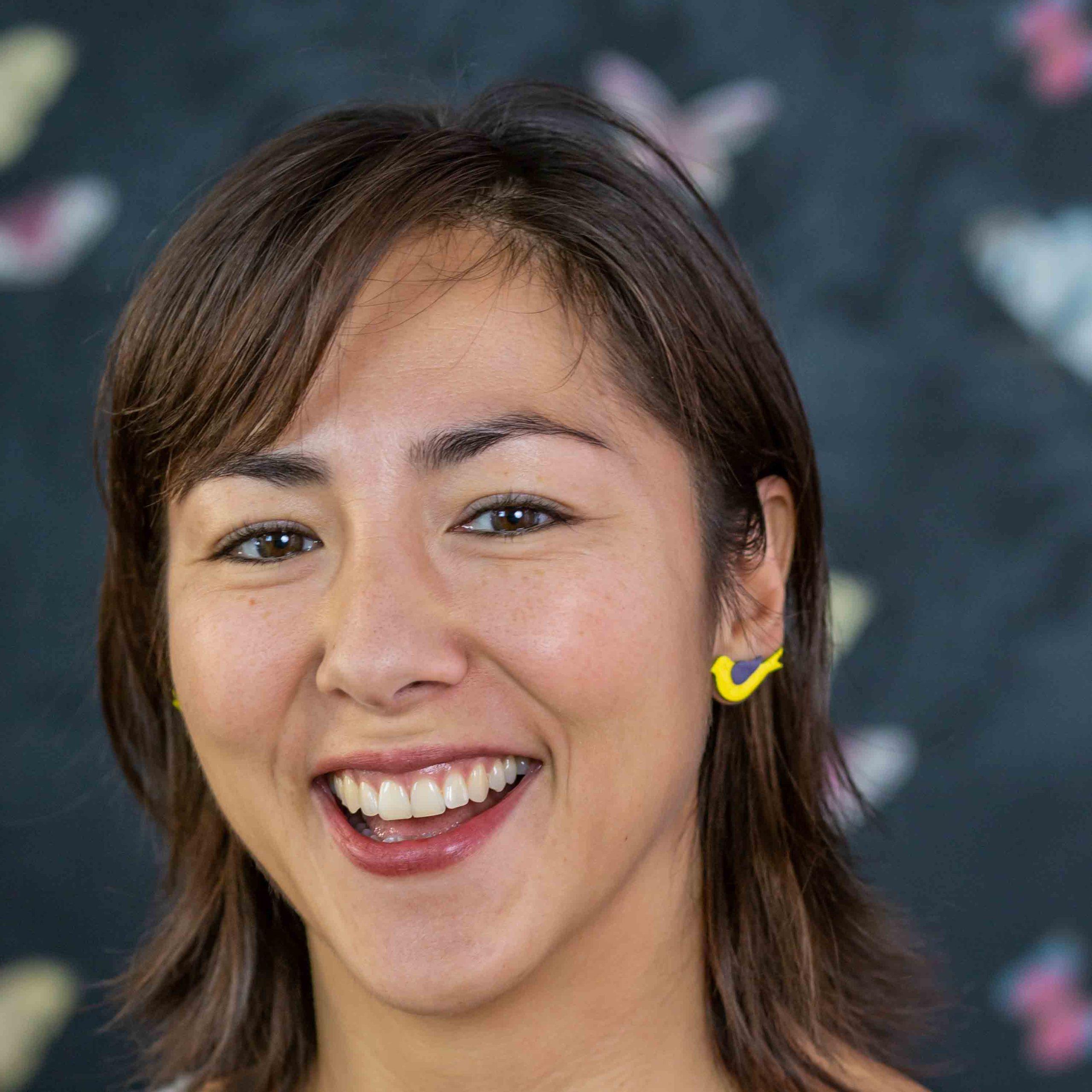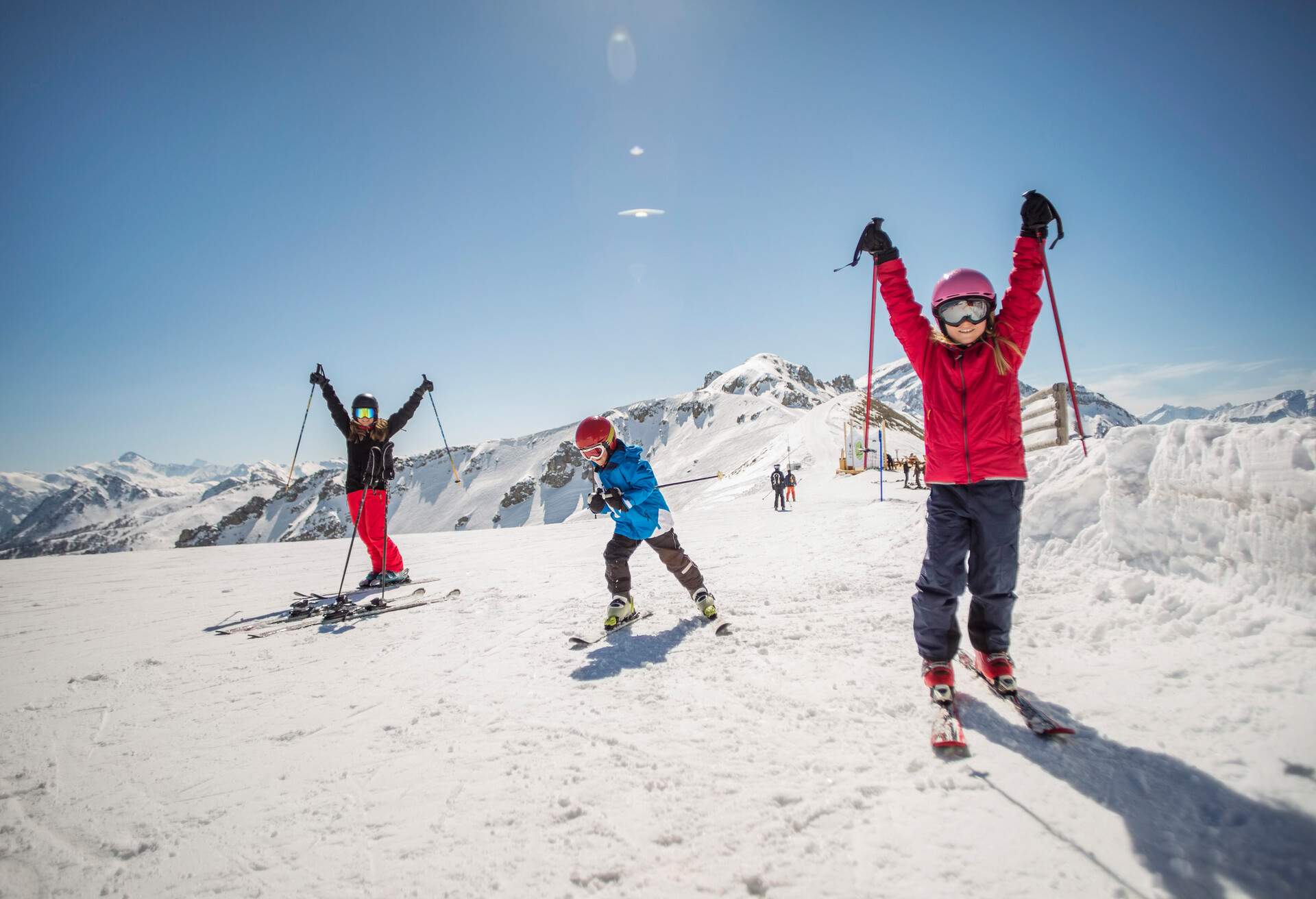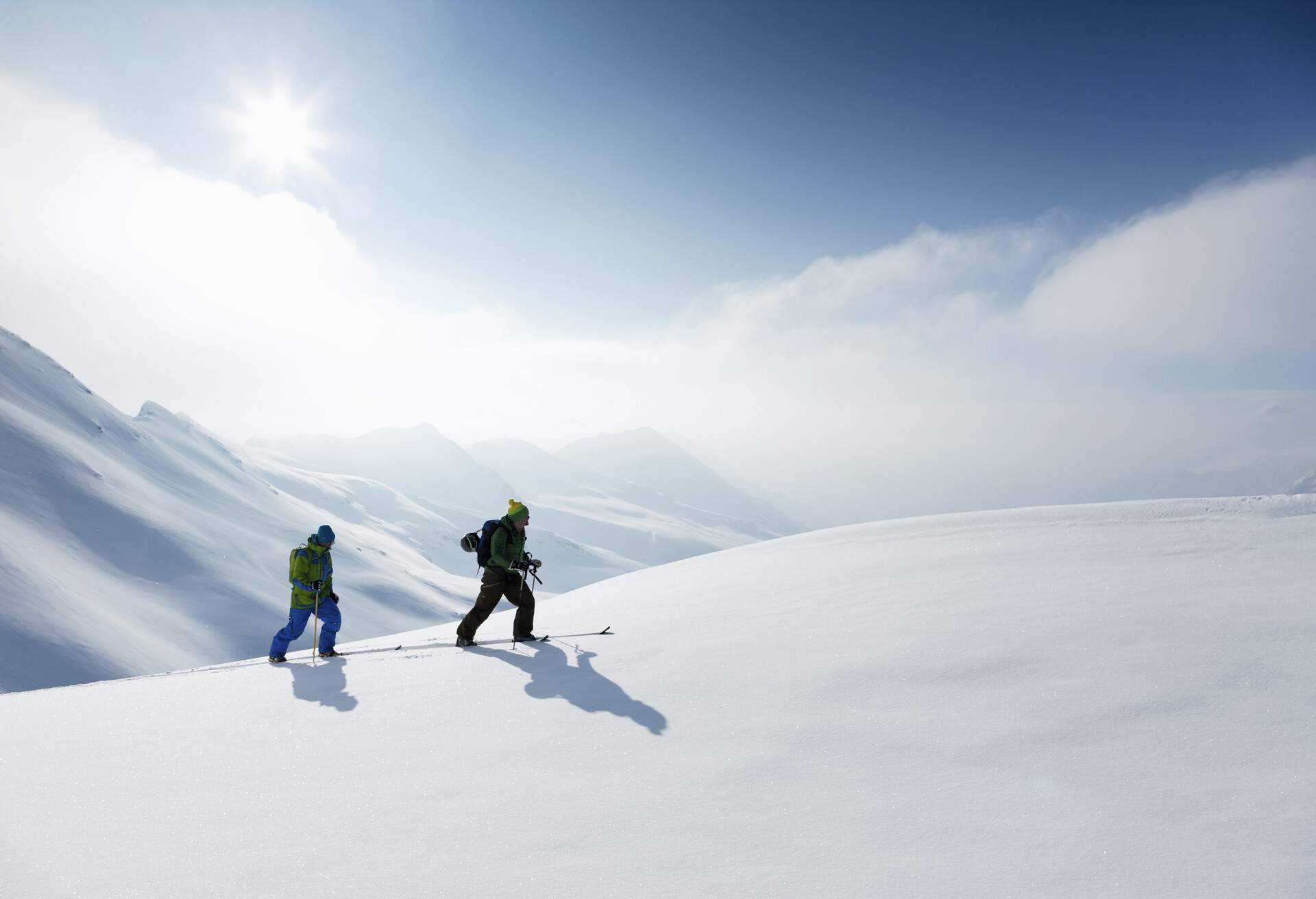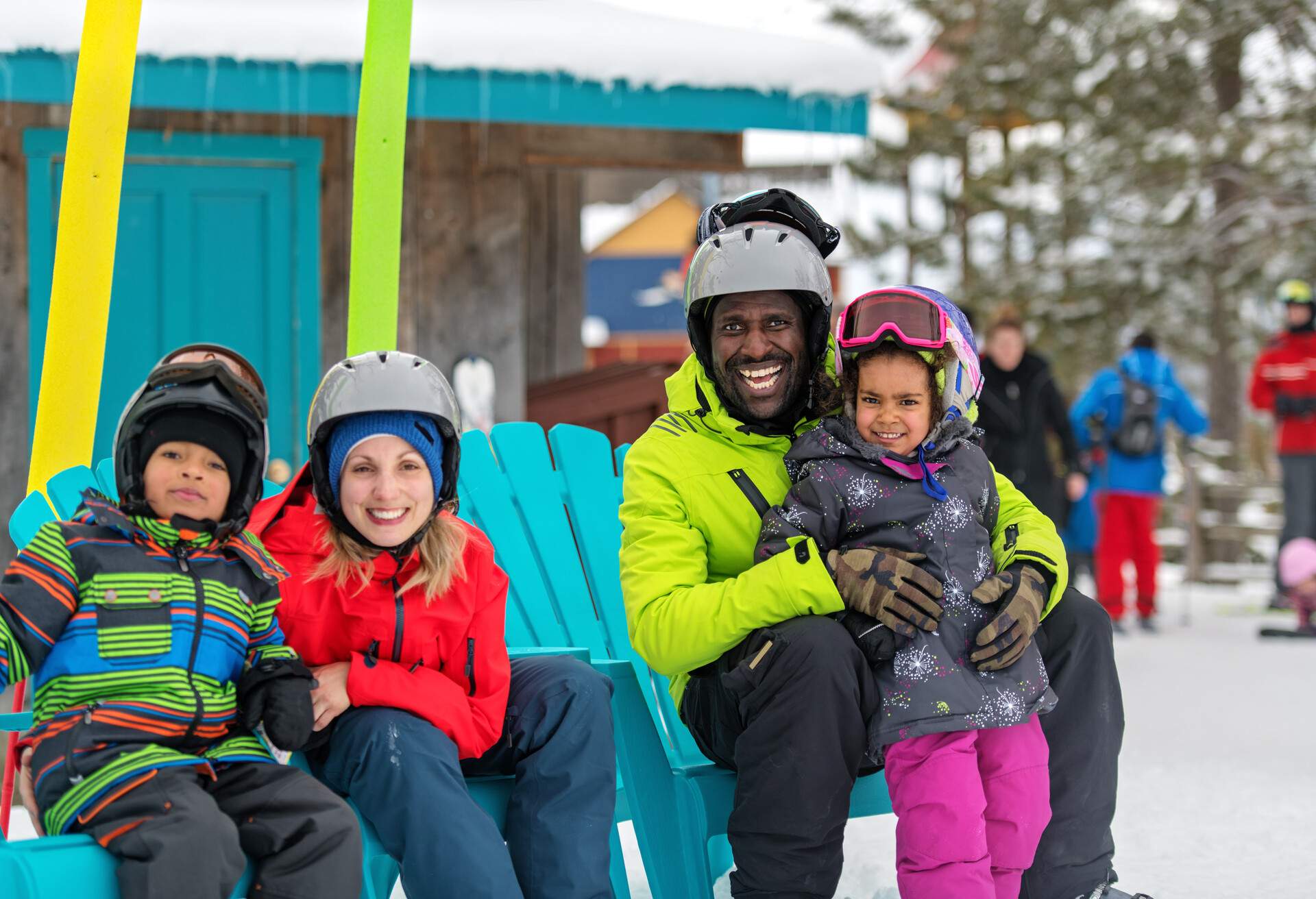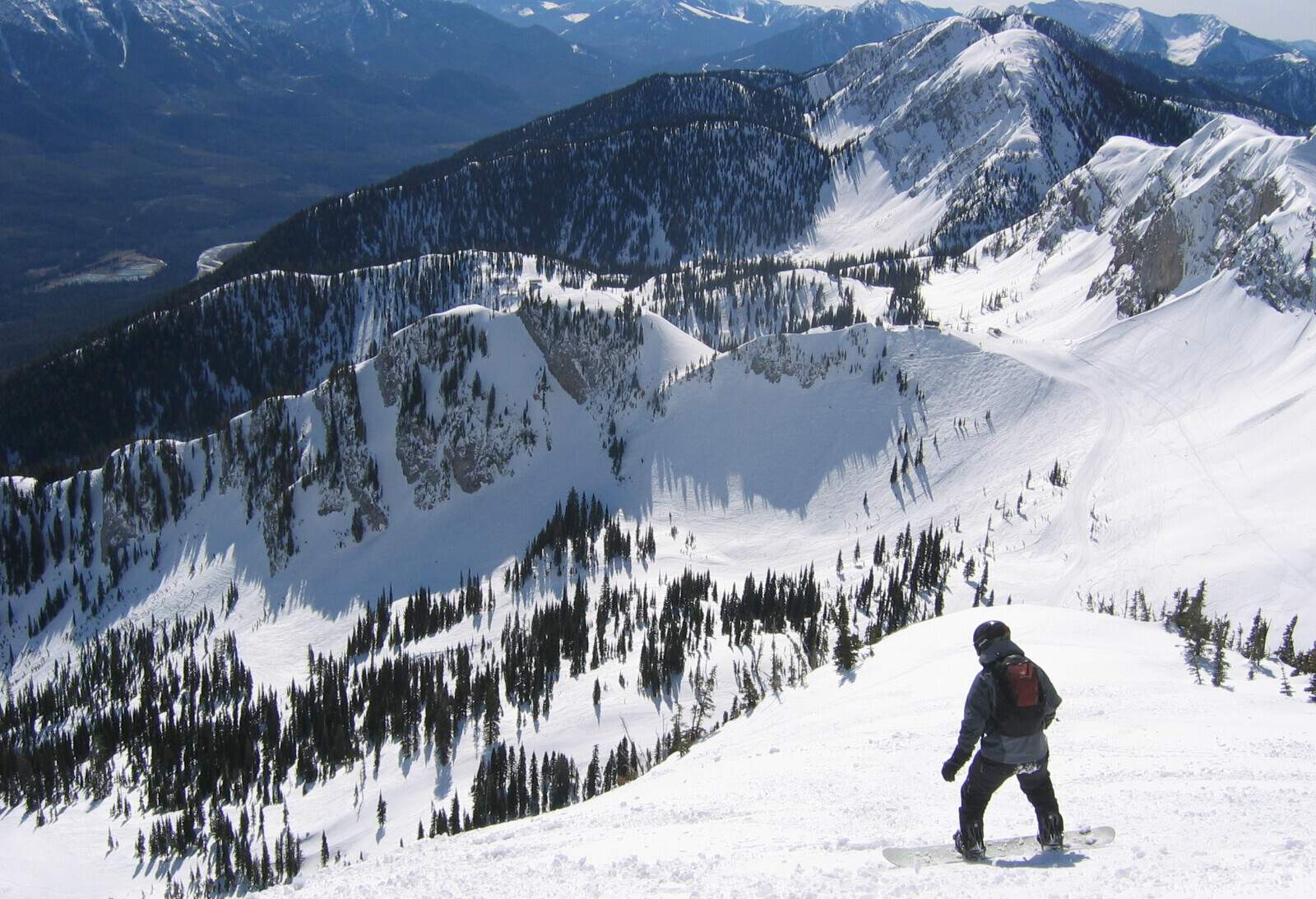Winter, we are ready for you! For anyone that skis or snowboards, the best time of year is now. You’ve got a good four months to get a trip (or two or more!) in. And if you haven’t hit the slopes before, there is no better time to start than this year. It’s a great hobby to have, the adrenaline rush is amazing and the ‘après-ski’ is world-famous in its own right. We’ve found 16 European ski areas which have something exciting to offer, and some might even be quite surprising.
Read on for more….
1. Kitzbühel, Austria
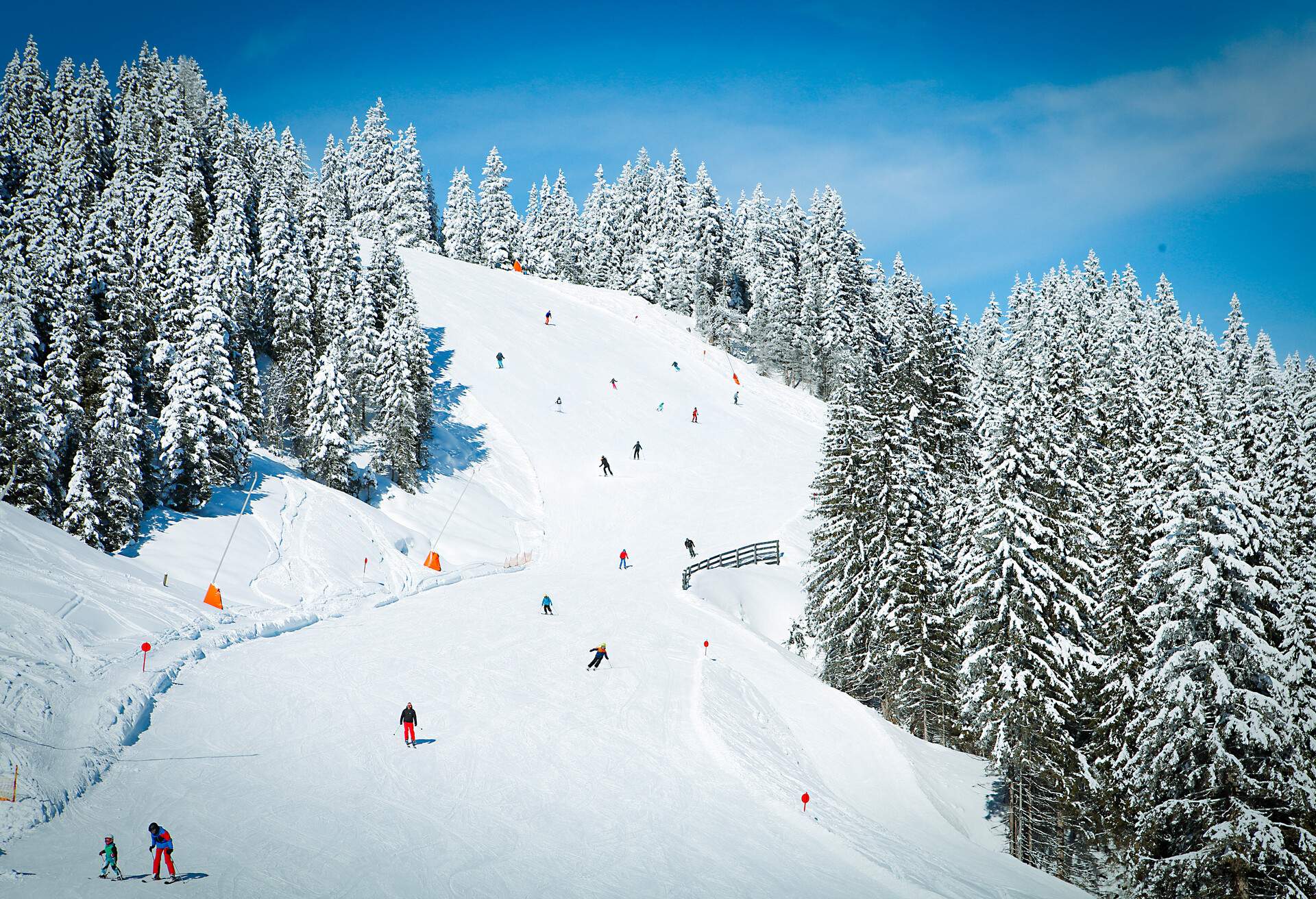
There is no more historic backcountry mecca in European skiing than Kitzbühel – the site of one of the first alpine ski descents in Europe. Kitzbühel is huge, with 54 cable cars on site, challenging steep pistes and 200 square kilometres of treacherous backcountry skiing here that should excite thrill seekers. Kitzbühel is so steep it’s where the Austrian ski team chooses to practice and it has the most famous ski school on Earth – the Red Devils – to help you perfect your backcountry skiing.
🏂 Ski Pass: 7 consecutive days for £292.
✈️ How to get there: Fly to Salzburg and then take the train, bus or hire a car for the 60 mile journey to Kitzbühel resort.
Where to stay: Lifesport Hotel Hechenmoos is five minutes from the Hahnenkamm Ski Area and has parking on site.
Top tip: You can try night skiing every Thursday and Friday between 6.30pm and 9.30 on the floodlit slopes of the Gaisberg for €21 per person.
2. Mayrhofen, Austria
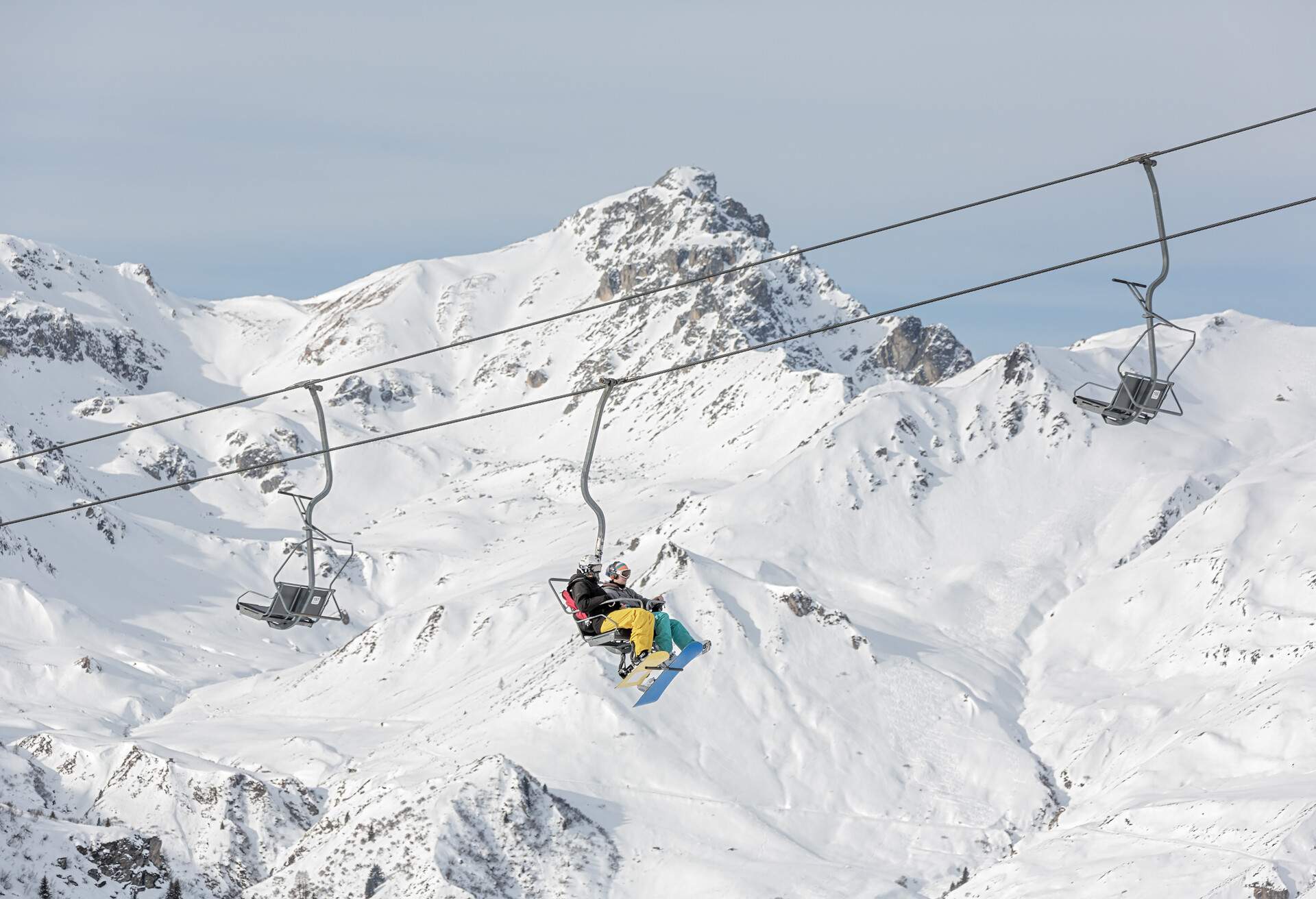
Mayrhofen in Austria has one of the world’s top snowboard parks – and it’s rated Europe’s best. The Burton Park here has huge table-top jumps that attract the biggest names in skiing and snowboarding – and so do Mayrhofen’s legendary après bars, which rock out every night of the week. Mayrhofen is also home to the world’s steepest groomed slope. Called Harakiri Piste after the Japanese ritual of suicide by Samurai sword, its name should tell you all you need to know about it. People line up to watch daredevils and thrill-seekers take to the slopes. Yikes.
🏂 Ski Pass: £271 for six days.
✈️ How to get there: Fly to Innsbruck and then get a train, taxi or bus to Mayrhofen.
Where to stay: Apart-Garni Alpevita is within walking distance of the centre of Mayrhofen.
Top tip: If you’re planning on renting equipment, book it up well in advance as it can get incredibly busy.
3. Chamonix, France
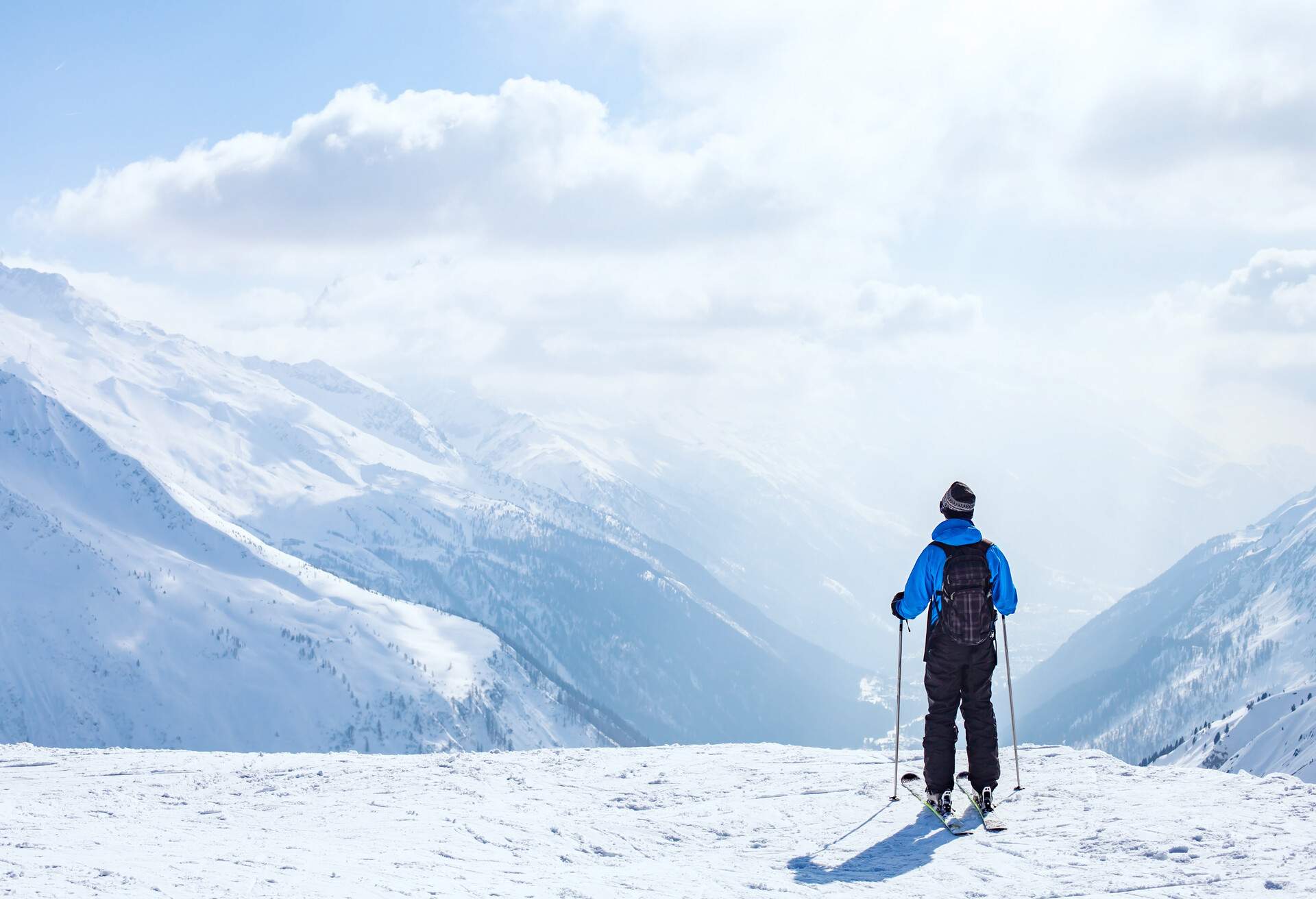
Chamonix in France has one of Europe’s tallest resorts so the snow is more consistent here than in most other resorts, and there’s also over 170 kilometres of piste so skiers can slowly gain confidence before taking on some of the world’s most infamous backcountry terrain – sometimes just metres from the lifts. There are more ski guides here than anywhere else on Earth, on hand and ready to help you down backcountry chutes. It’s also home to France’s most lively après ski environment (it was practically invented here) – why not share a drink with some of the world’s craziest extreme skiers who live here each winter.
🏂 Ski Pass: The Mont Blanc Unlimited Pass is £349 for 7 days.
✈️ How to get there: Fly to Geneva and then get a shuttle bus from the airport (approximately 75 mins). The train will take between three and four hours.
Where to stay: Boutique accommodation Chalet Hôtel Le Prieuré is minutes from some of the best skiing in the area.
Top tip: Get up early if you want to experience the best snow on offer, especially if you’re heading to the Grand Montets mountain.
4. La Plagne, France
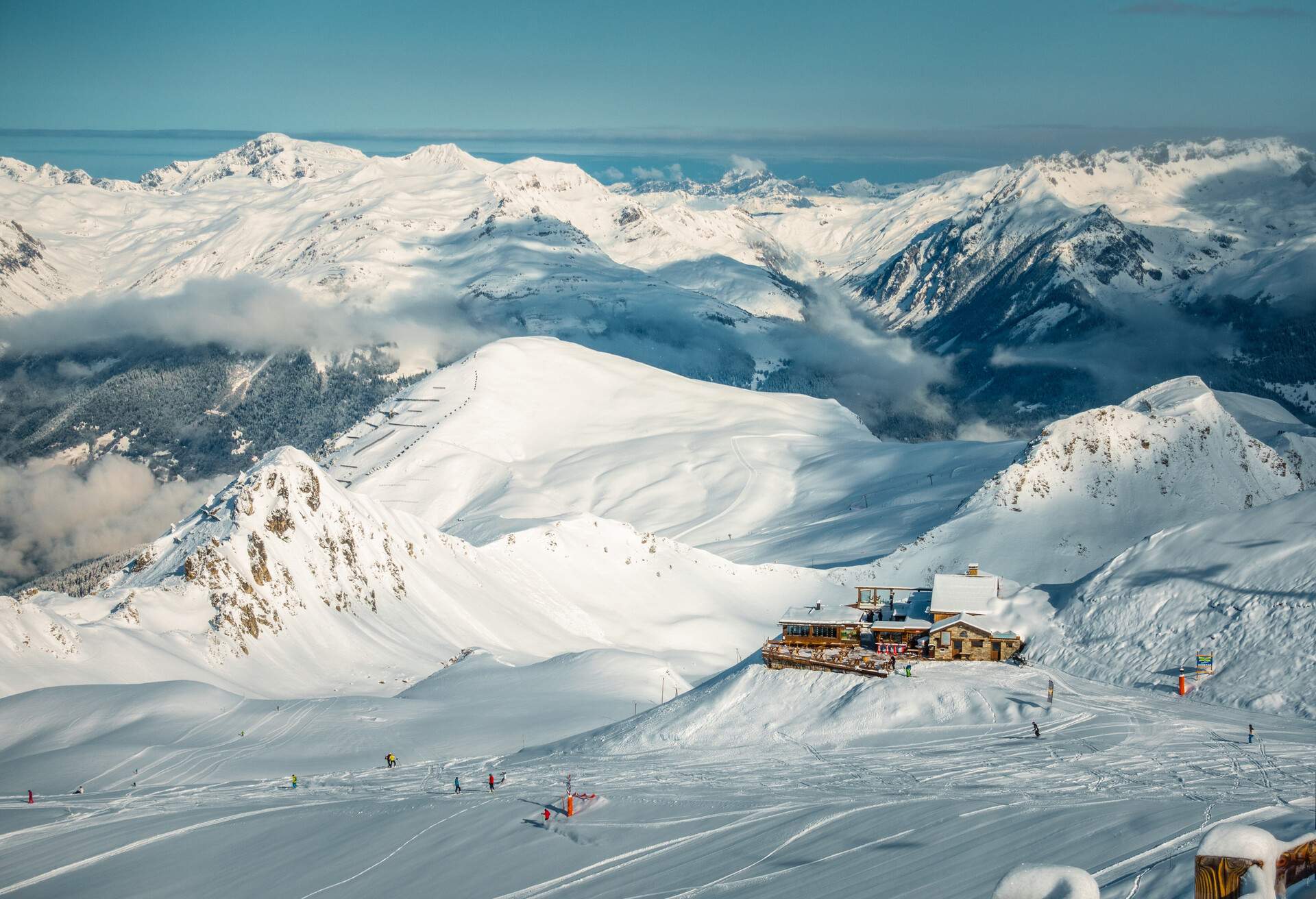
La Plagne in France is one of the best places for beginner skiers in Europe with its wide, easy slopes in the Paradiski mountains. There’s beginner areas throughout the whole resort – 62 percent of the mountain is suitable for beginners and intermediates, totalling a massive 132 ski runs. La Plagne is actually made up of 10 villages – for beginners it’s best to stay at Belle Plagne and Plagne Centre. There are also plenty of ski schools offering multi-lingual instructors.
🏂 Ski Pass: £228 for six days.
✈️ How to get there: Fly to Geneva and then take a shuttle bus to La Plagne.
Where to stay: Chalet Hotel Rhododendrons even has its own ski school.
Top tip: Generally speaking, the higher up the mountain you stay, the livelier the après-ski. If you have a young family you may prefer to stay closer to the bottom where it is a lot quieter.
5. Les Arcs, France
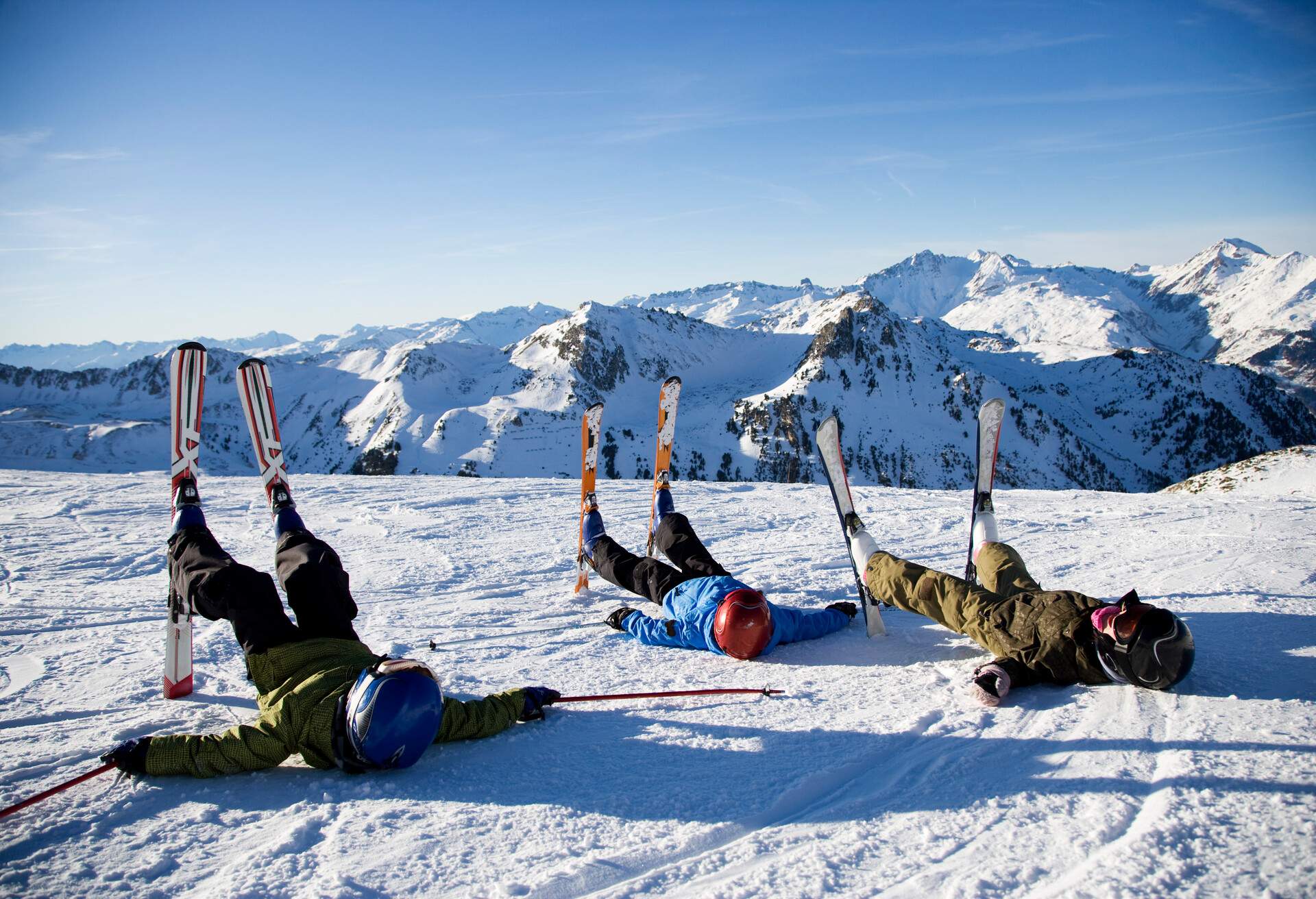
Les Arcs really caters for the beginner ski market, with Arc 1800 being a dedicated beginners area. On some sections of the mountain you don’t need a ski pass, you can simply use the chairlift and go at your own pace knowing you’ve not forked out a small fortune.
For those ready to take the next step, Les Arcs offers a lot of easy intermediate runs which are not a big step up from the beginner slopes – they’re very wide and not particularly steep compared to most French resorts. There are also many short lifts just beside the village for beginners.
There are over 40 designated red runs and 17 black runs if you’re after something more challenging.
🏂 Ski Pass: £304 for six days if you are an intermediate or advanced skier and want to explore the region.
✈️ How to get there: Fly to Geneva and then hire a car and drive to Les Arcs as it will take around three hours.
Where to stay: Mercure Les Arcs 1800 is an ideal base for beginners.
Top tip: If you’re a beginner most of the ski lifts are free so do your research in advance to see if its really worth you buying a ski pass.
6. Les Deux Alpes, France
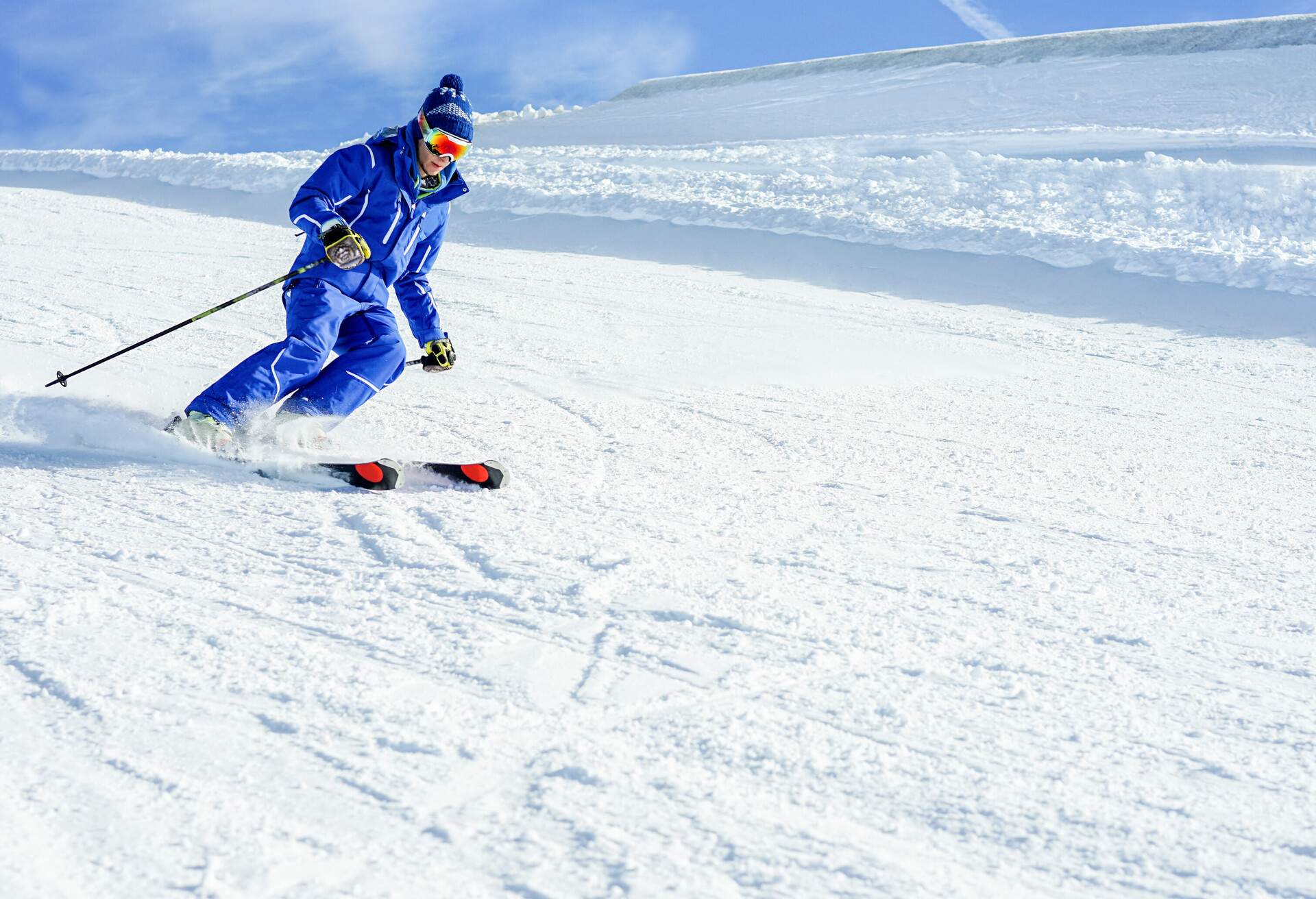
Perhaps the biggest thrill for beginners at Les Deux Alpes in France is that it turns normal ski resorts upside down – some of the best beginner ski runs can be found at the very top of the mountain. And at Les Deux Alpes that’s a long way up – 3,200 metres to be precise. In fact, beginners can ski down a glacier, on some of Europe’s deepest snow, and take in spectacular views extending all the way into Switzerland and Italy. There’s 222 kilometres of ski runs at Les Deux Alpes – so when you develop your skills, you’ll have access to intermediate runs all across the mountain.
🏂 Ski Pass: £49 per adult per day.
✈️ How to get there: Fly to Grenoble and then get an airport transfer for the 110km journey to Les Deux Alpes.
Where to stay: Le Souleil’Or is just 2km away from the main action.
Top tip: Prices in mid-January and mid-March are usually pretty reasonable and the snow is great.
7. Meribel, France
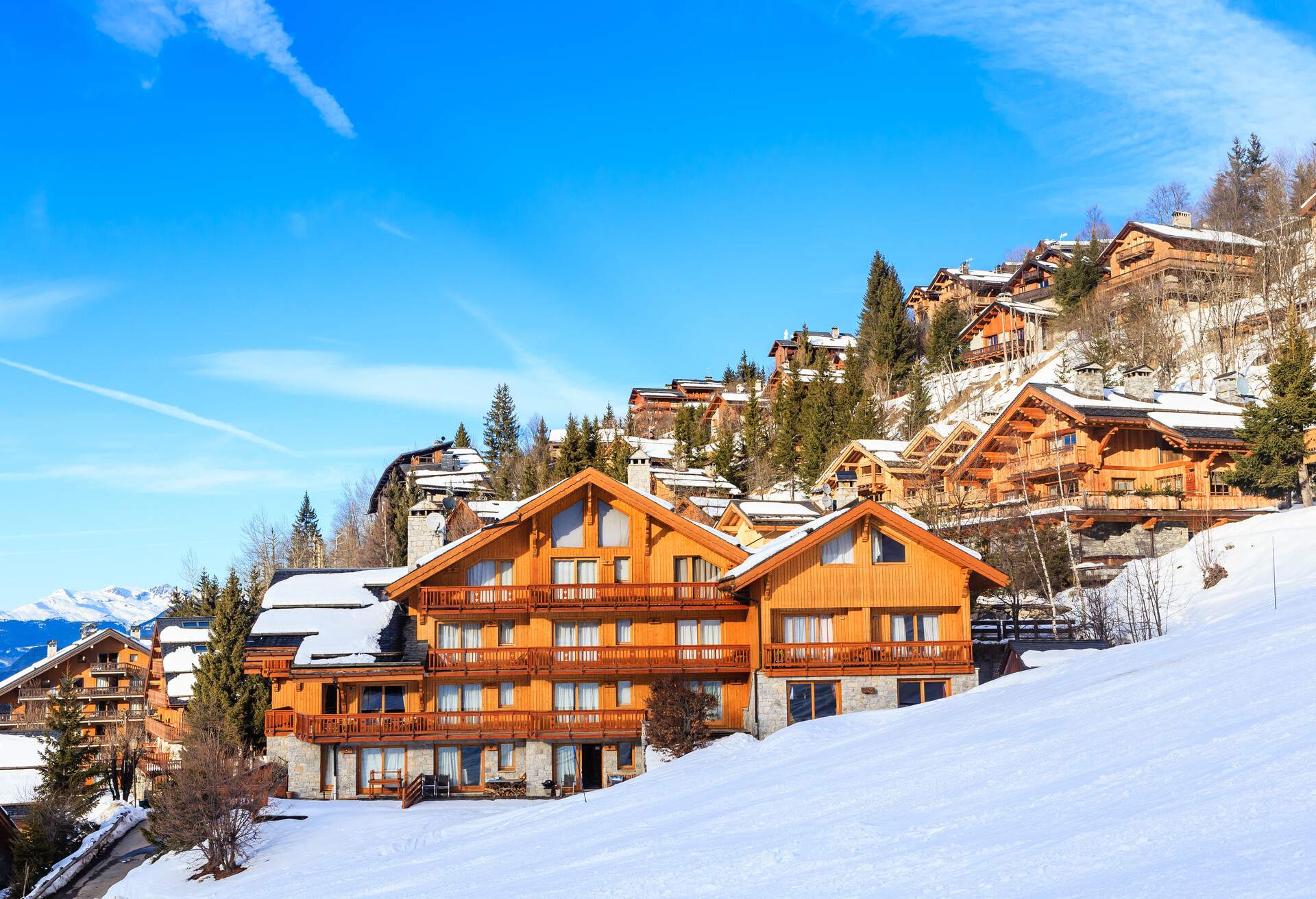
600km of routes to explore. Be prepared, it’s vast!
Meribel, France is a great place for beginners learning how to ski, and more confident skiers can ski one of the world’s largest linked ski areas – Trois Vallées, which translates as the Three Valleys. Meribel has lots of easy, flat slopes and with its sheltered setting behind steep-sided mountains, weather for learning tends to be more favourable than other places in the Alps.
There’s also plenty of restaurants and cafes right beside the slopes and one of the first British ski schools to set up in the Alps is located here.
The 2023 World Ski Championships will take place here in February.
🏂 Ski Pass: From £45 per adult per day.
✈️ How to get there: Fly to Geneva and then get a transfer from the airport which should take around two hours.
Where to stay: Madame Vacances Hotel Le Mottaret is ideally located.
Top tip: Take a hot air balloon flight over the mountains to get a view that will take your breath away.
8. Val Gardena, Italy
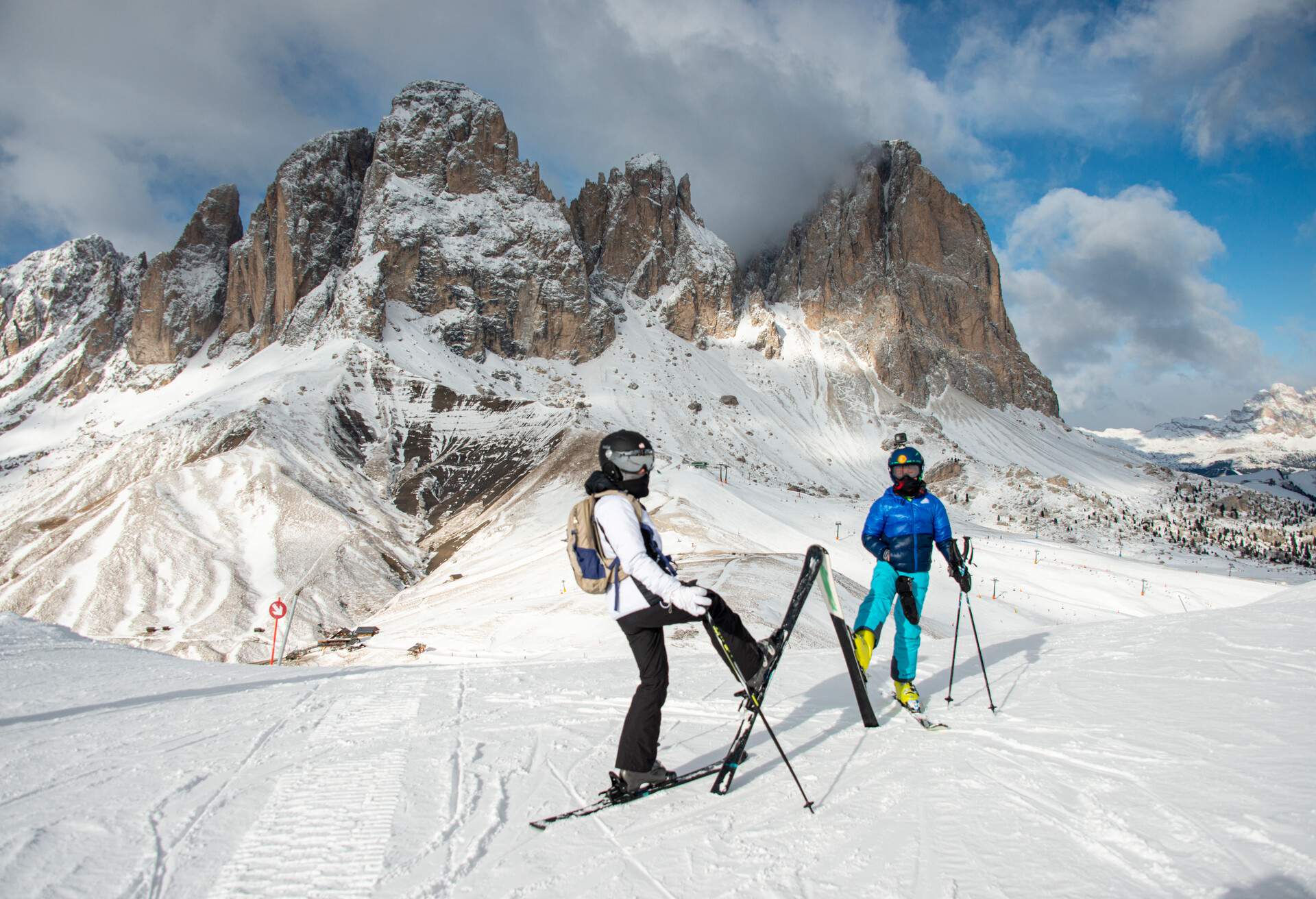
It’s impossible to definitively say which of the Alps mountains are the most beautiful, but the Dolomites are surely right up there on everyone’s list. Selva di Val Gardena, nestled in this beautiful range in Italy, is one of the most famous and popular ski villages (2700 inhabitants) in the Alps and with good reason; the locals are lovely and accommodating and the hotels, holiday apartments and B&Bs are fantastic and only rivalled by the quality of the bars and restaurants. While Selva di Val Gardena is surrounded by slopes galore, it also acts as a gateway to the Sella Ronda, where a trip around the Sella Massif is a full day’s excursion by skis or board that passes over and through 16 miles of slopes, four valleys and three provinces; a truly unique ski safari.
🏂 Ski Pass: 6-day consecutive ski pass is around £275 in the high season.
✈️ How to get there: Fly to Innsbruck (75 miles from Selva di Val Gardena), and then transfer to the Südtirol Bus line.
Where to stay: Hotel Garni Aghel comes highly recommended.
Top tip: If you’re looking for an intense slope, try the black Sasslong slope. It’s where the World Cup in Freestyle Skiing is held each year.
9. Białka Tatrzańska, Poland
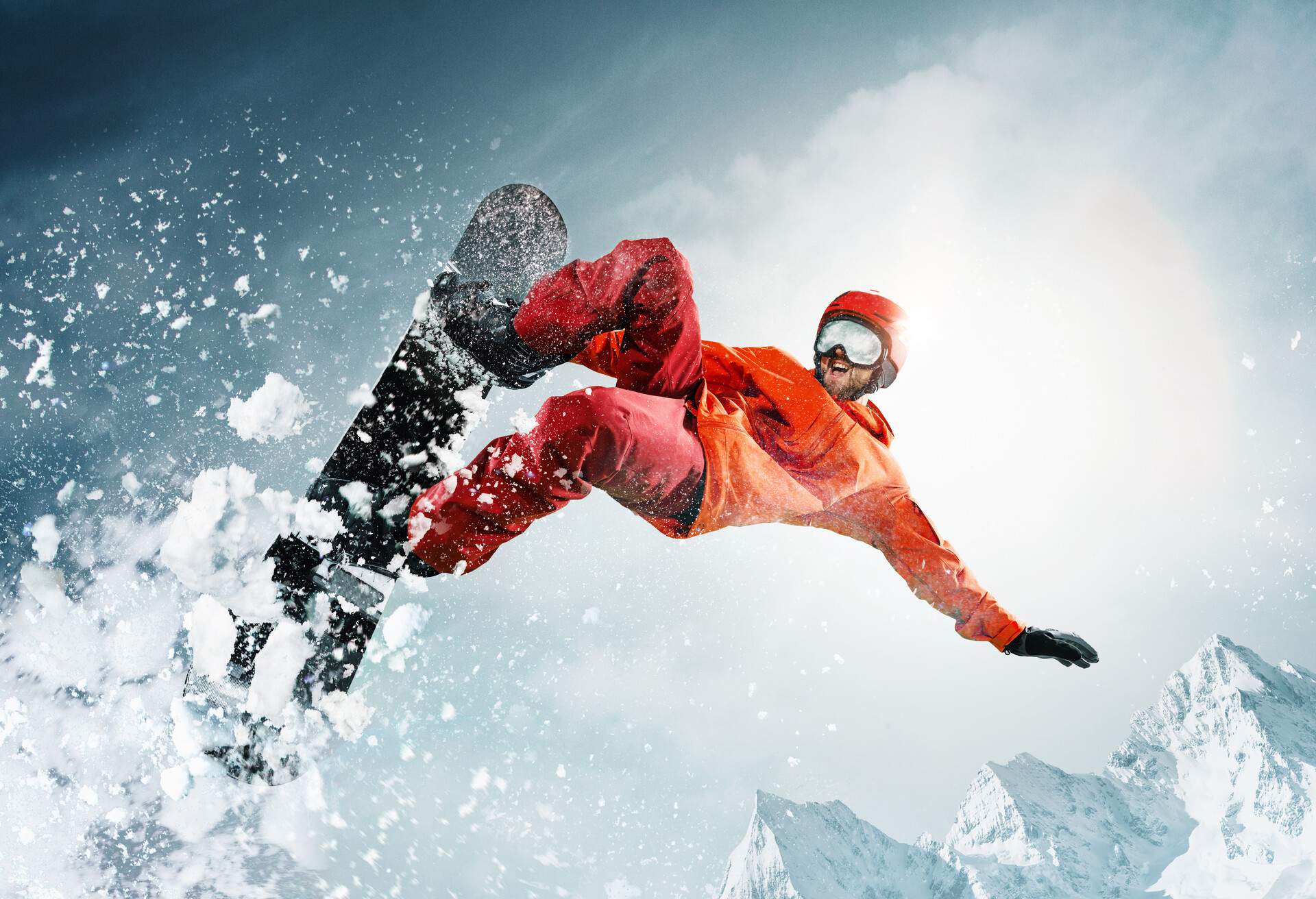
The Białka Tatrzańska ski resort, found in the High Tatras, has consistently been ranked first when it comes to best Polish ski resorts for a few years now. Any winter sports fans who have been here especially appreciate the fantastic infrastructure and amazing downhill conditions.
However, while largely unknown in the UK, these slopes aren’t a secret in Europe, and the slopes have many visitors during the high season – which can make an off-season visit doubly enjoyable. Especially when you take into account what sort of special relaxation offers await the guests.
🏂 Ski Pass: The TatrySki Pass gives you access to several ski resorts in the region – not only in Poland but also in Slovakia. It costs around £144 for a six-day pass.
✈️ How to get there: Fly to Krakow then grab a cheap car hire car.
Where to stay: Try Hotel Zawrat Ski Resort & Spa
Top tip: After a day of skiing relax in the thermal pools of Terma Bania where you will find indoor and outdoor pools with water temperatures from 34° – 38°.
10. Jasna, Slovakia
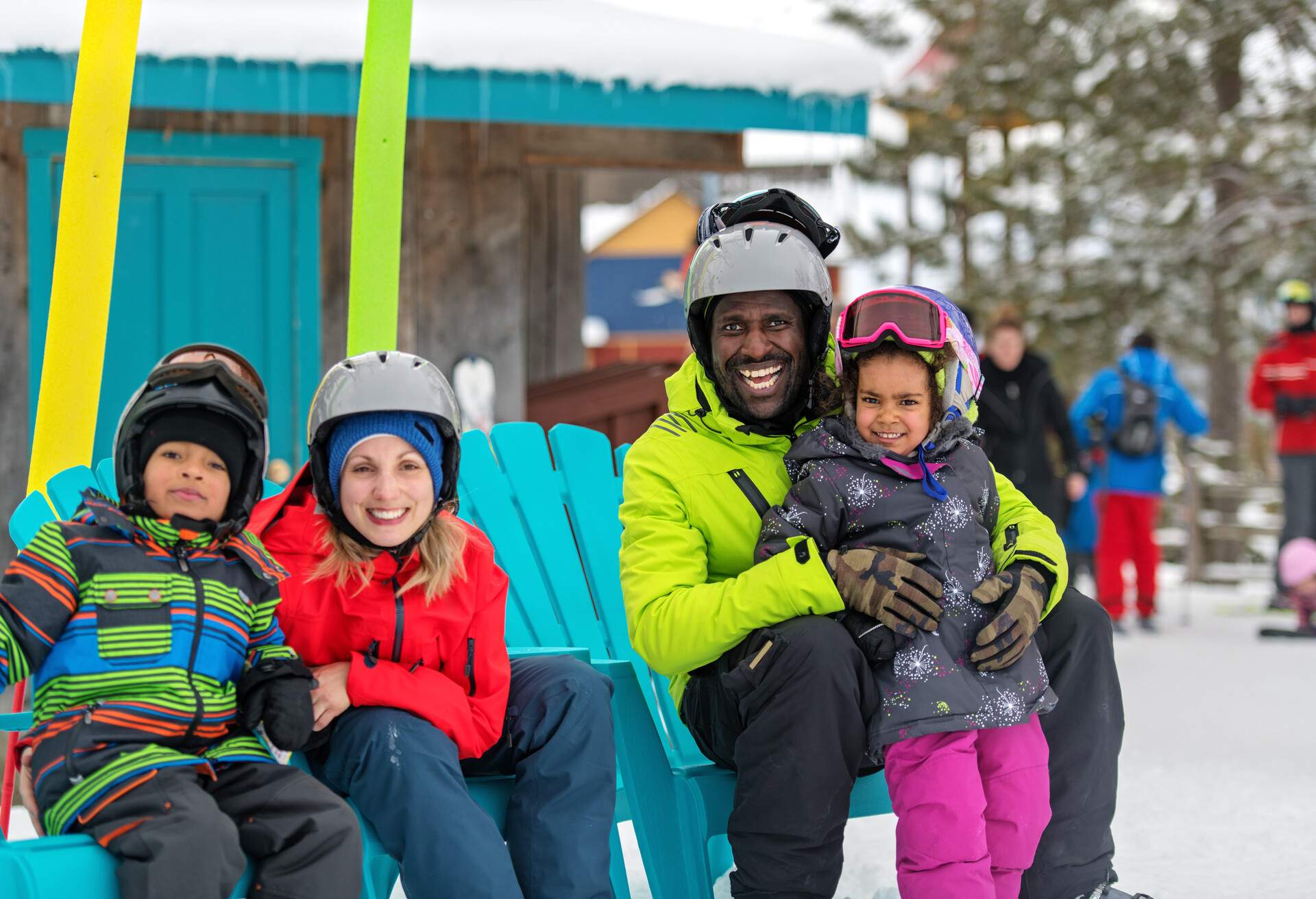
Most skiers and snowboarders in the UK wouldn’t have ever considered heading to Slovakia, but a trip to Jasna – the largest and most modern winter sports area in Slovakia – should be made ASAP. The ski area has a total of over 30 miles of well-groomed slopes of varying difficulty. The Chopok rises from the lower Tatra Mountains to over 2,000 meters in height and between the valley, and the peaks are 49 exciting downhill slopes and a terrain as good as anywhere else in the Alps. Steep slopes, crisp free-ride descents and a perfectly maintained amusement park at the foot of the ski area -what more could you want?
🏂 Ski Pass: 6-day Ski Pass from £279.
✈️ How to get there: Fly to Bratislava or Krakow and grab a car hire (from Krakow or Bratislava)
Where to stay: Hotel Tri Studnicky is near the slopes.
Top tip: The more experienced skiers can conquer the north side of the mountain and enjoy steep slopes. For beginners, the southern side with its soft powder snow is a true paradise.
11. Gudauri, Georgia
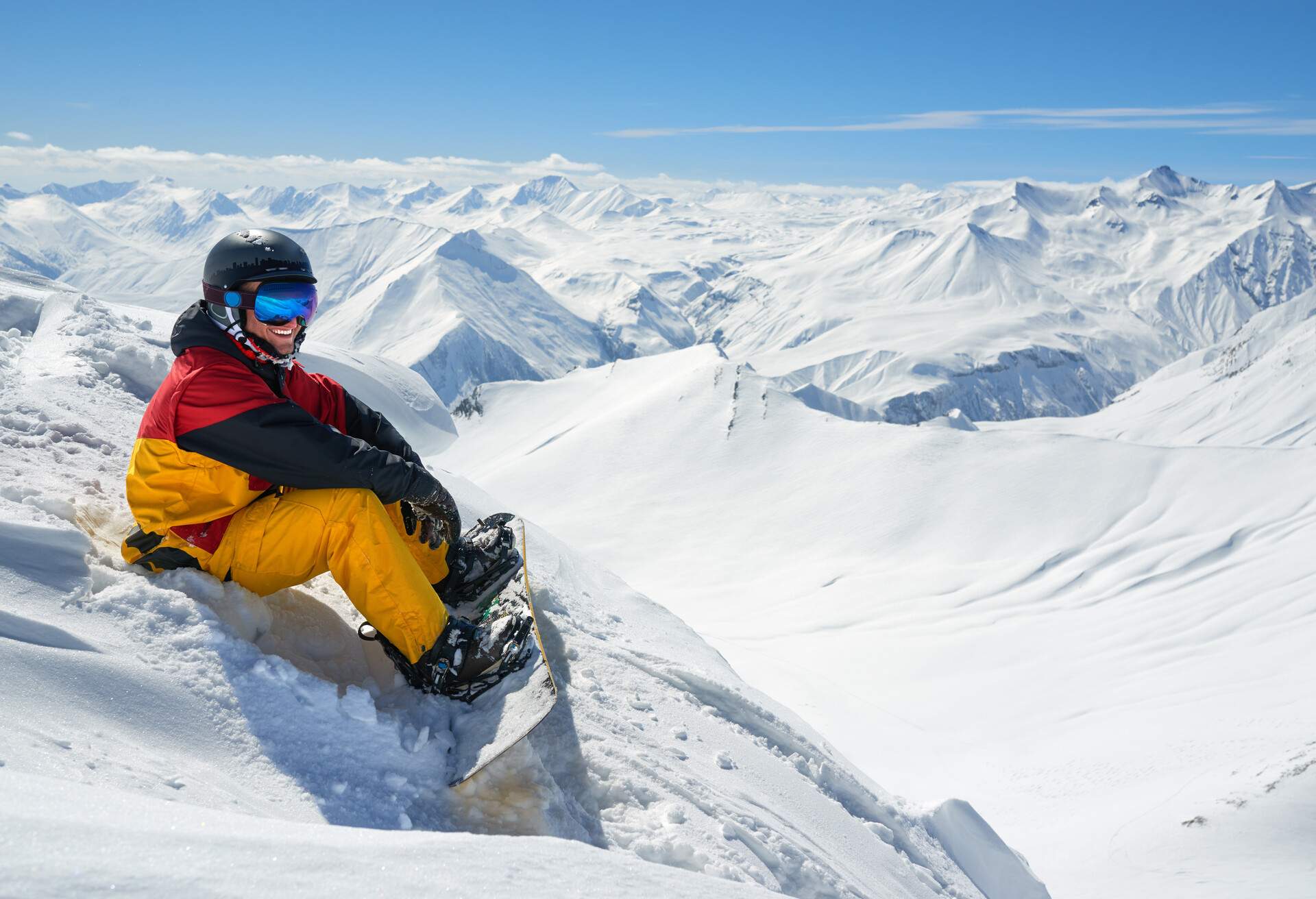
Sure, getting to Georgia isn’t as easy as other parts of Europe, but it is oh, so worth it! Head to the Gudauri ski resort on Mt. Kazbek, Georgia’s third highest mountain (5033 meters), where the well-groomed slopes of the Causcaus mountains and excellent facilities are relatively uncrowded. What more could you wish for?
© YouTube-Video: Octavian Greculetz.
🏂 Ski Pass: From just £21 per adult per day.
✈️ How to get there: Fly to Tbilisi then grab a cheap hire car.
Where to stay: Try Hotel Alpina which is located high in the mountains.
Top tip: A trip to Kazbegi National Park is an absolute must, where breathtaking landscapes are in abundance: fabulous valleys, canyons, waterfalls and hot water springs. Day trips to Kazbegi can be booked on site.
12. Little Tibet, Livigno, Italy
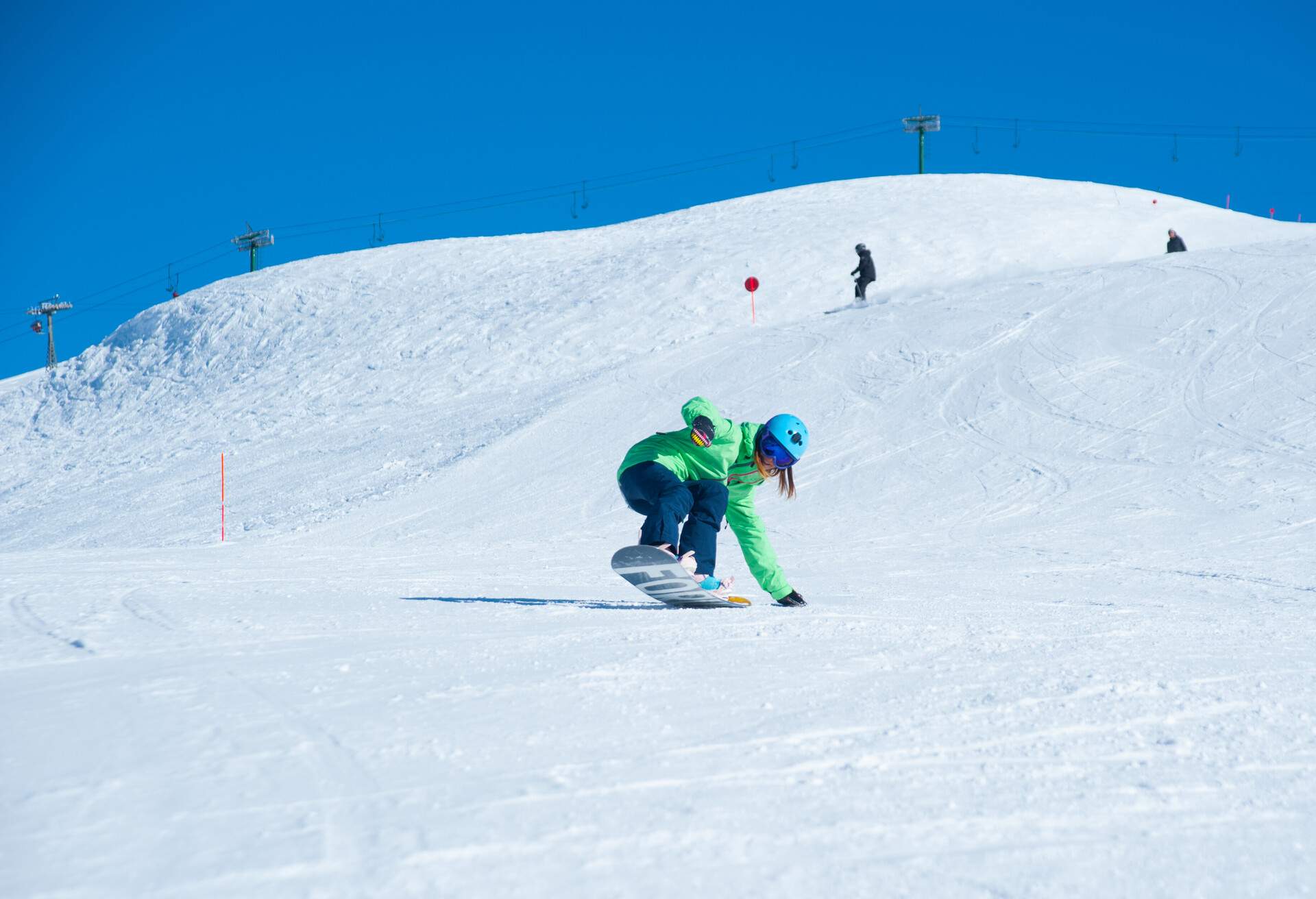
Livigno is located between two mountain ranges: Mottolino and Carosello, which comprise a total of 70 miles of slopes. The Italian city is known as Piccolo Tibet (Little Tibet) and owes its nickname to its unique climate: until 1964, when the Munt La Schera tunnel was built, the town was cut off from the rest of world for more than nine months a year. Livigno is a perfect place to enjoy après-ski to the fullest: the weather is gorgeous and the food simply delicious. Particularly recommendable are the hot, boozy beverage Bombardino and the local pasta dish Pizzoccheri.
🏂 Ski Pass: 6-day ski pass from about £296.
✈️ How to get there: Fly to Milan or Innsbruck then take a shuttle bus or car hire
Where to stay: Bio Hotel Villa Cecilia is a 15-minute walk from the Valtellina Ski Area.
Top tip: Livigno has a lot to offer for those who have always wanted to take the first steps off the pistes and into the wilderness. From January 21, every Sunday between 18:00 to 19:30 in the Birrifico (Brewery), the free-ride and backcountry experts will tell you about safety measures, free-ride equipment and answer any questions on the subject in dedicated talks.
13. Innsbruck, Patscherkofel, Austria
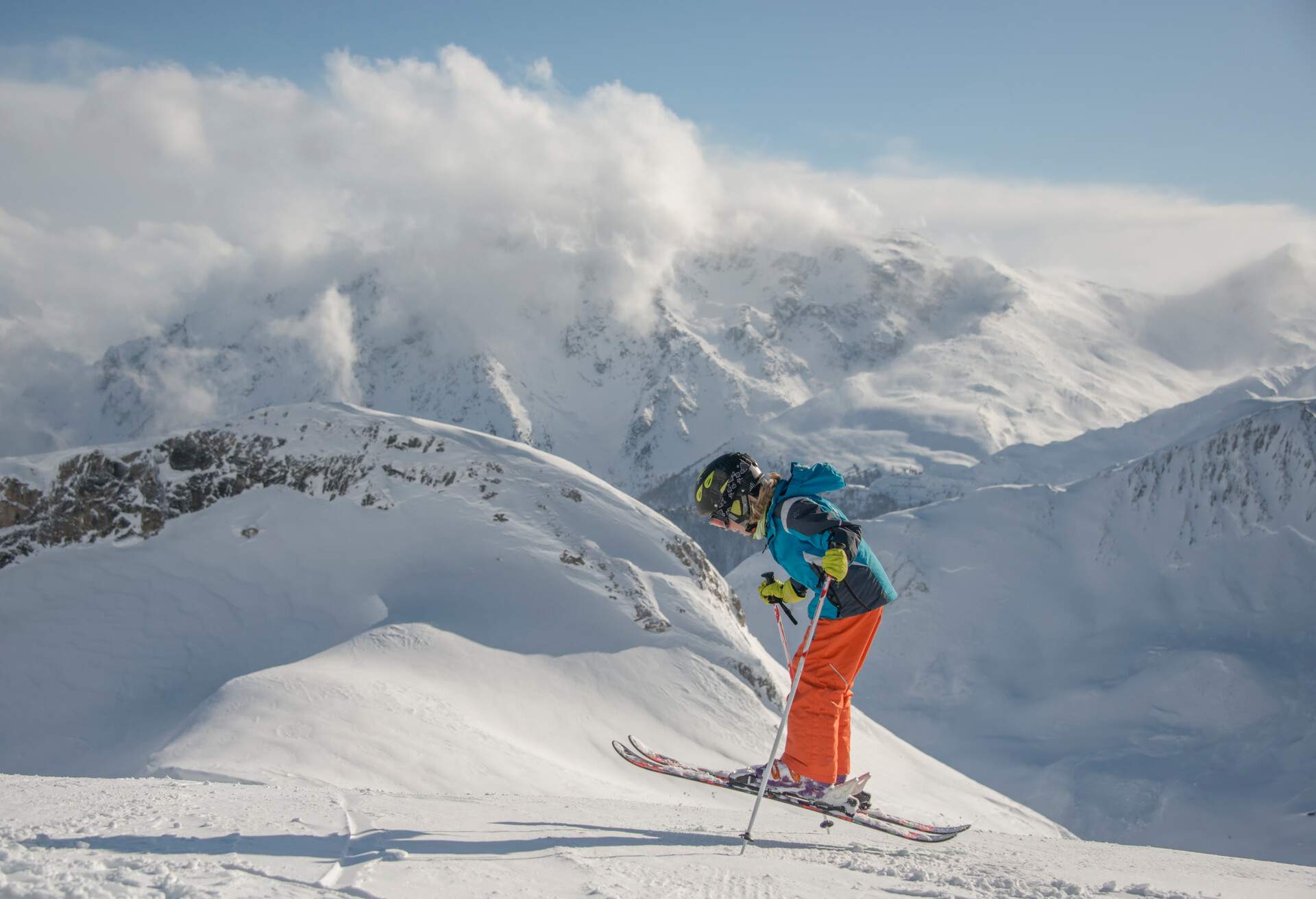
Innsbruck is a university town keeping it young and lively, at least during semesters, the capital of the state of Tyrol and home to the Winter Olympics on several occasions. An excellent environment for all sorts of sports; winter-sports is where it really excels. Enthusiasts can look forward to fast-access ski areas: during the day on the snow-covered slopes, in the evening on the pistes. Nine resorts can be easily reached with the free bus from Innsbruck, all of which make up the Olympia Ski World. The family-friendly Patscherkofel with its 11 miles of pistes was the centre of the 1964 and 1976 Olympics in Innsbruck while on the sunny Patscher plateau, freestylers try their tricks at an altitude of 1,900 meters in the Snow Park.
🏂 Ski Pass: From £38 per adult per day.
How to get here: You can fly direct to Innsbruck with many airlines from the UK.
Where to stay: Gasthof Götznerhof is close to many tourist attractions in Innsbruck.
Top tip: Visit the Bergisel ski jump hill for an amazing view of where the pro’s have previously competed in the Ski Jumping World Cup.
14. Ischgl, Paznaun Valley, Austria
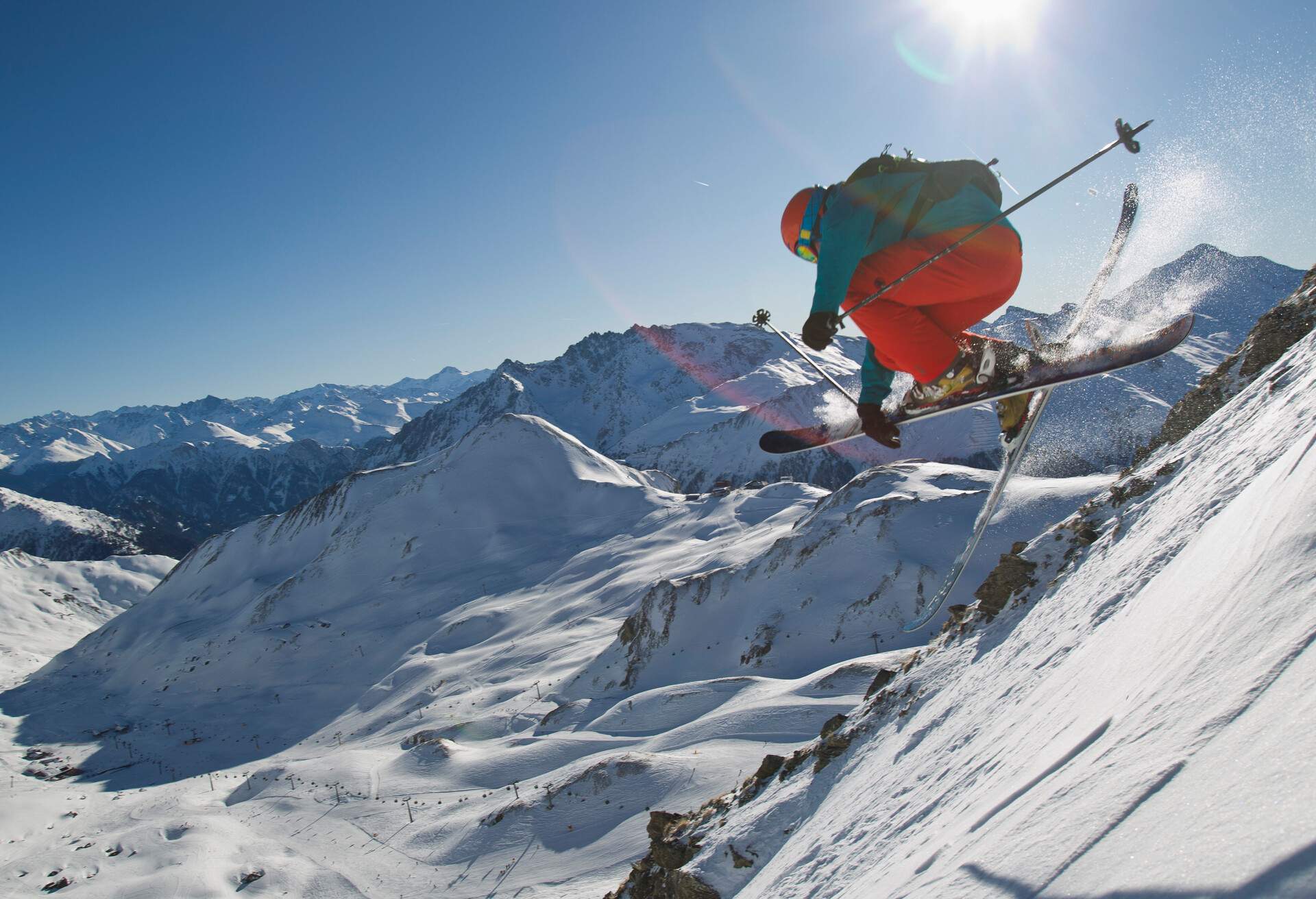
Ischgl in Austria, it has long been said, is the European centre for the glamour side of skiing. A party-peak and entertainment hotspot throughout the whole season, its famous winter-opening and-closing parties, resplendent with world-renowned stars and starlets, are only slightly more opulent than any other party, any other night. The density of après-ski bars per capita is high, as is the amount of alcohol consumed. But, and this is important, Ischgl’s slopes are even better than its nightlife.
🏂 Ski Pass: 6-day ski pass from about £315.
✈️ How to get there: Fly to Innsbruck, continue with a car hire, airport-taxibus or by train to Landeck-Zams and then with bus 4240 in the direction of Paznaun.
Where to stay: Hotel Arnika is conveniently located next to a ski lift.
Top tip: The Silvretta Arena is a lively resort in Ischgl, with 148 miles of slopes and lots of bars.
15. Ötztal Valley, Austria
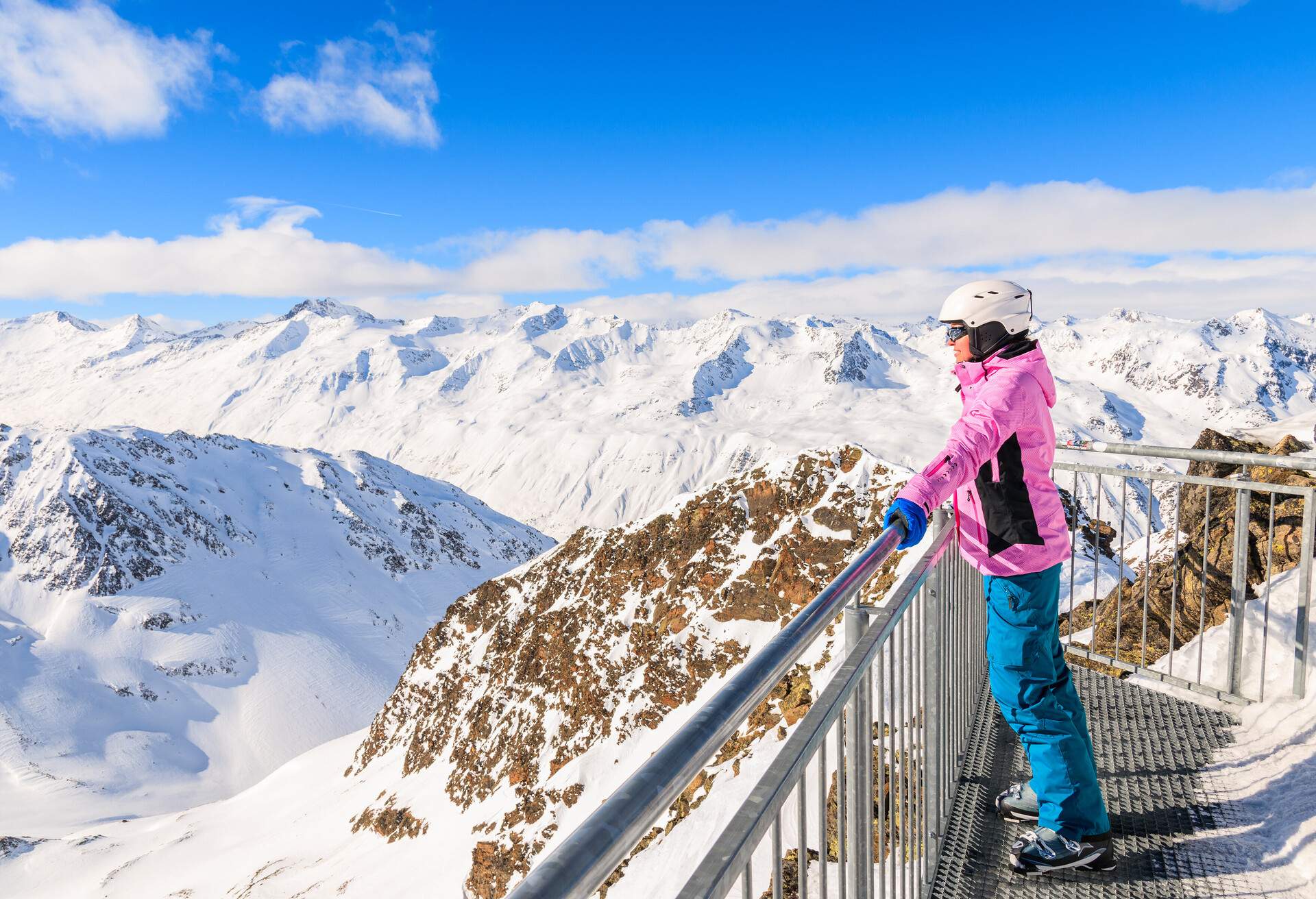
The Ötztal valley in Tyrol offers you a lot of winter fun. From ski touring, snowshoeing, cross-country skiing (almost 95 miles of cross-country trails) or about 125 miles of specially prepared winter hiking trails that lead to excellent wellness facilities (for example in the Aqua Dome), different ski resorts and unique types of accommodation. Now you can expect even more flexibility and variety in the Ötztal valley due to the state-of-the-art Giggijoch shuttle which can ferry 4,500 people per hour up the slopes.
🏂 Ski Pass: From £57 per person per day in high season.
✈️ How to get there: Fly to Innsbruck then continue by train, bus or shuttle.
Where to stay: Sölden is the party resort (and has some great glacier possibilities), Obergurgl is quieter and perfect for families, and Hochgurgl is sleepy and offers nothing but a relaxed enjoyment. Whether you want to rage, laugh or feel at one with nature, it’s your choice
Top tip: If you have kids they’ll love the Hochoetz-Kühtai ski area at the entrance to Ötztal as it has a play area and a huge number of dedicated activities on offer.
16. Val Thorens, France
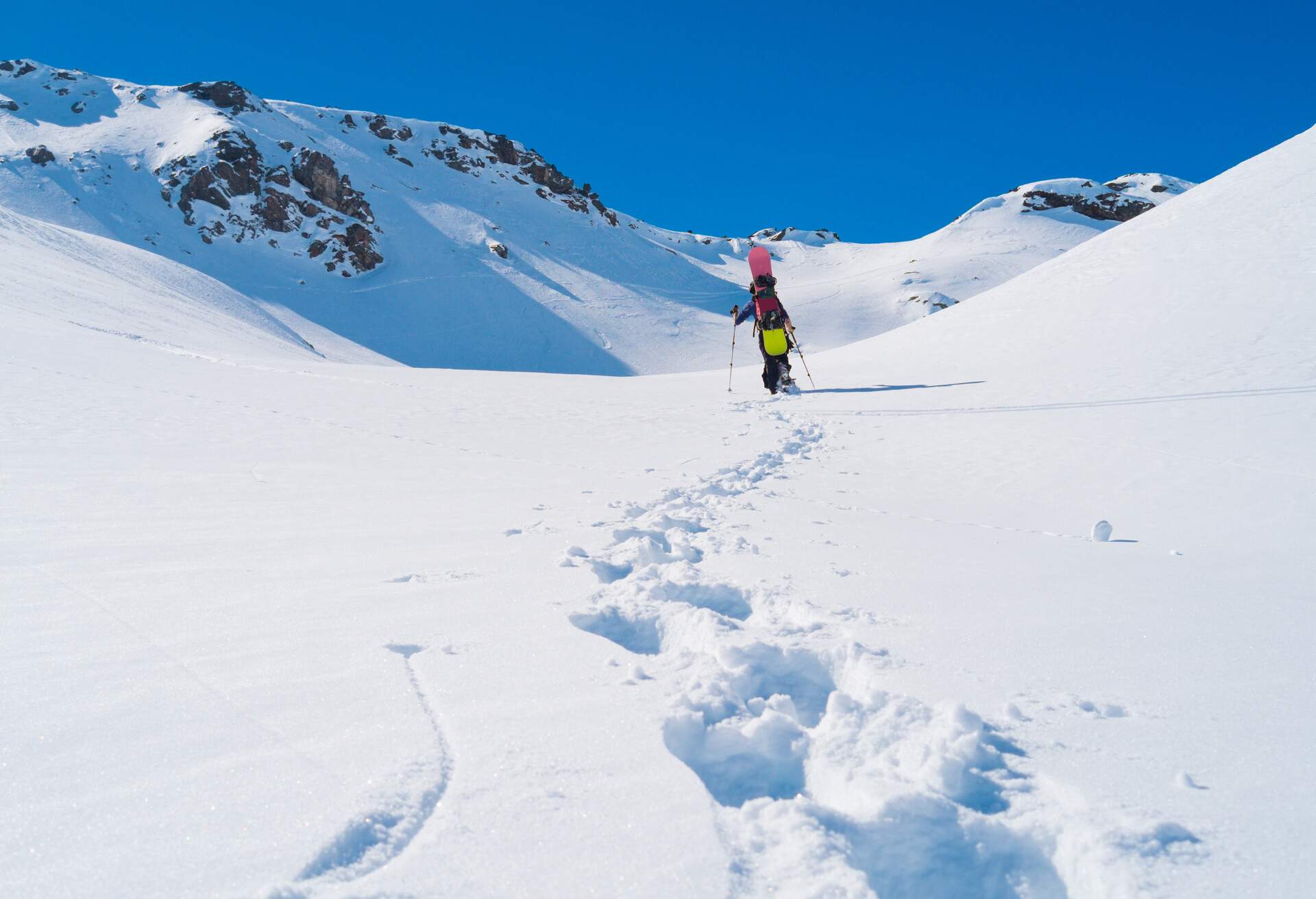
The full name, Val Thorens in the Trois Vallées sounds cute, but Val Thorens is the highest resort in the Alps at 2300 meters of altitude. Launched by pioneers with foresight in 1971, it is also one of the first French ski resorts to open in the season and the last to close during the season.
🏂 Ski Pass: 6-day ski pass from £270.
✈️ How to get there: Fly to Lyon and then enjoy a gentle bus trip on the Satobus Alpes. Or, fly to Geneva and travel by bus from there.
Where to stay: Try the Alberta Hotel and Spa which is located in the mountains.
Top tip: If you’re up for a party, La Folie Douce is a renowned nightclub on the slopes during the day, attracting guests from 2 pm to 5 pm every day.
If you liked this article, you may enjoy:
